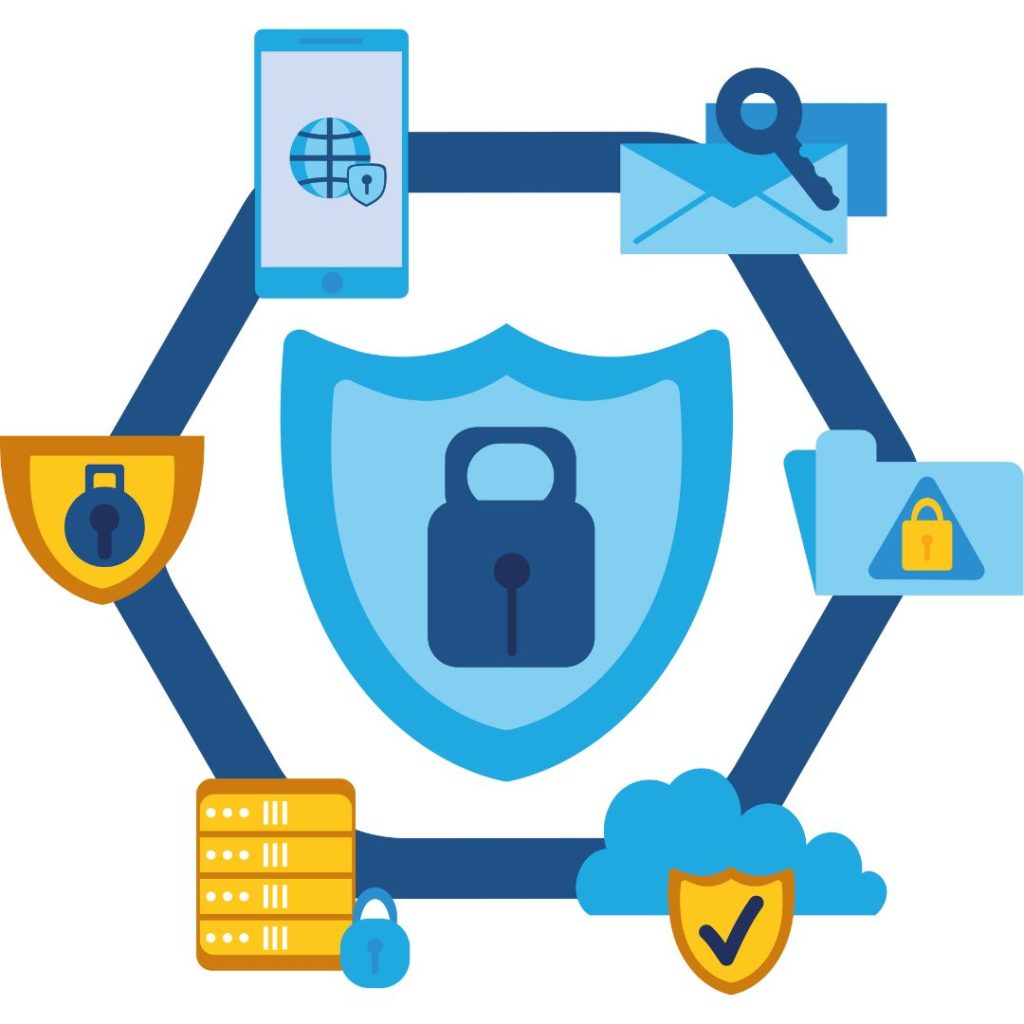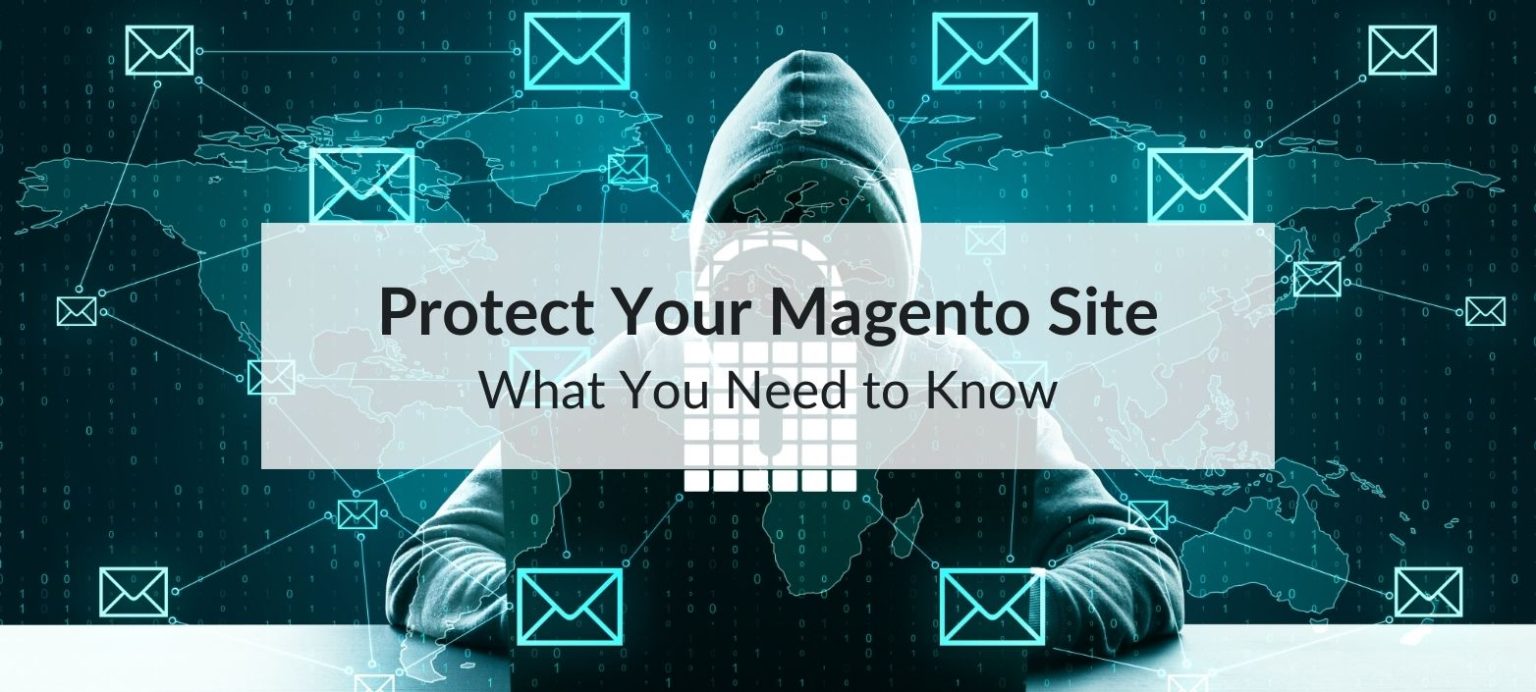Cyber threats are on the rise, and ecommerce websites are prime targets for hackers. A data breach or an attack on your store can not only lead to financial losses but can also severely damage your reputation. As an ecommerce business owner, it’s critical to protect your Magento site from potential security vulnerabilities to provide a safe shopping experience for your customers and secure your business data.
In this article, we’ll dive into the essential security measures you must implement to defend your Magento site against cyber threats. From fortifying your payment systems to staying ahead with the latest software updates, we’ll walk you through actionable steps to ensure your site is not only secure but resilient against attacks.
Why Protecting Your Magento Site is Critical
Magento is one of the most popular ecommerce platforms worldwide, which makes it a prime target for cybercriminals. Its widespread use means that hackers often target Magento sites in hopes of exploiting any vulnerabilities to gain access to sensitive customer data, financial information, or even take down an entire website.
A compromised Magento site can lead to serious consequences, including:
- Data breaches: Personal information and payment data can be exposed.
- Loss of customer trust: If customers no longer feel safe shopping on your site, your business could see a dramatic drop in sales.
- Legal consequences: Data protection regulations like GDPR require businesses to protect customer data, and failure to do so can result in hefty fines.
Therefore, ensuring your Magento site is secure is vital for protecting both your business and your customers.

How Cyber Threats Target Magento Sites
Before diving into solutions, it’s important to understand how cybercriminals typically target Magento sites. Below are some of the most common methods used in attacks:
SQL Injection Attacks
SQL injections occur when malicious actors exploit vulnerabilities in your site’s database by inserting malicious SQL commands. These attacks can give hackers access to sensitive customer and business data, allowing them to manipulate or even delete it.
Cross-Site Scripting (XSS)
In an XSS attack, hackers inject malicious scripts into web pages, which then execute in the user’s browser. This can lead to session hijacking, where attackers steal login credentials and gain unauthorized access to accounts.
Brute Force Attacks
Brute force attacks involve hackers using automated tools to guess login credentials. Magento sites, especially those with weak or default passwords, are often vulnerable to such attacks.
Malware Injections
Cybercriminals may also inject malware into your Magento store, allowing them to take control of your server, track customer activity, or even redirect traffic to malicious sites.
Now that we’ve identified the key threats, it’s time to focus on how you can take action to protect your Magento site. Implementing the right security measures is crucial to keeping your site secure and your customers’ data safe. Let’s explore the most effective strategies that will help safeguard your Magento store from cyber risks.
Step-by-Step Guide: Securing Your Magento Site
Protecting your Magento site requires a multi-layered approach. Follow these steps to reduce vulnerabilities and ensure a secure shopping environment for your customers.
1. Keep Your Magento Software Updated
Magento regularly releases security patches to address vulnerabilities in its platform. It’s essential to keep your Magento site up-to-date to ensure that any known issues are patched before hackers can exploit them.
Tip: Set up automatic updates or schedule regular checks to ensure you’re always running the latest version of Magento.
2. Implement SSL Encryption
SSL (Secure Sockets Layer) encryption protects your customers’ sensitive data as it travels between their browser and your server. Not having an SSL certificate can lead to data interception, making your site an easy target for cybercriminals.
Tip: Purchase an SSL certificate and enable HTTPS across your entire Magento site. This will not only protect your customers’ data but also improve your search engine rankings.
3. Use Strong Authentication Methods
Using weak passwords is one of the easiest ways for hackers to gain access to your Magento site. Ensure that you and your staff use strong, unique passwords for all accounts associated with your Magento store.
Tip: Enable two-factor authentication (2FA) for admin logins. This adds an extra layer of protection by requiring a second verification step, such as a code sent to your phone.
4. Backup Your Data Regularly
In case of an attack, having a reliable backup system in place can save you time and prevent significant data loss. Regular backups allow you to restore your Magento store to a previous, secure state if needed.
Tip: Automate your backup process and store your backups in a secure, offsite location.
Best Practices and Strategies to Strengthen Security
Once you’ve covered the basic security measures, it’s time to implement some best practices that will further strengthen your Magento site’s defenses.
1. Install Security Extensions
There are many Magento security extensions that can help protect your site from various threats. Extensions like Amasty Security Suite or Mageplaza Security offer features like two-factor authentication, firewall protection, and malware scanning.
Tip: Choose security extensions that are compatible with your version of Magento and ensure they are frequently updated.
2. Monitor Your Site for Suspicious Activity
Regular monitoring of your site can help you identify any unusual activity before it turns into a full-scale attack. Tools like Magento Admin Actions Log and FireGento can track login attempts, changes to product data, and any unusual traffic patterns.
Tip: Set up alerts for suspicious activities and review your logs regularly to spot potential threats early.
3. Limit User Permissions
Only grant the necessary permissions to users within your Magento admin panel. By restricting access to sensitive areas, you minimize the chances of unauthorized access and data leaks.
Tip: Use the principle of least privilege (PoLP), meaning users should only have access to the resources they need to perform their tasks.
Common Mistakes to Avoid
While implementing security measures is crucial, it’s equally important to avoid some common mistakes that could expose your Magento site to cyber threats.
1. Using Default Admin URLs
Magento comes with default admin URLs that can be easily guessed by hackers. Changing your admin URL to something unique will make it harder for attackers to find.
2. Ignoring Security Updates
Neglecting to install security patches or update Magento to the latest version is a major vulnerability that can put your store at risk.
3. Failing to Secure the Server
Your Magento site is only as secure as the server it’s hosted on. Ensure that your hosting provider follows best security practices and that your server is configured correctly.
Conclusion: Stay Vigilant and Secure Your Magento Site
Securing your Magento site is a continuous effort that demands proactive attention. By adopting the best practices, integrating powerful security extensions, and consistently applying Magento’s security updates, you’ll not only protect your ecommerce store from potential threats but also build trust with your customers by offering a safe shopping environment. Start taking action today to future-proof your Magento site and stay one step ahead of cybercriminals.

